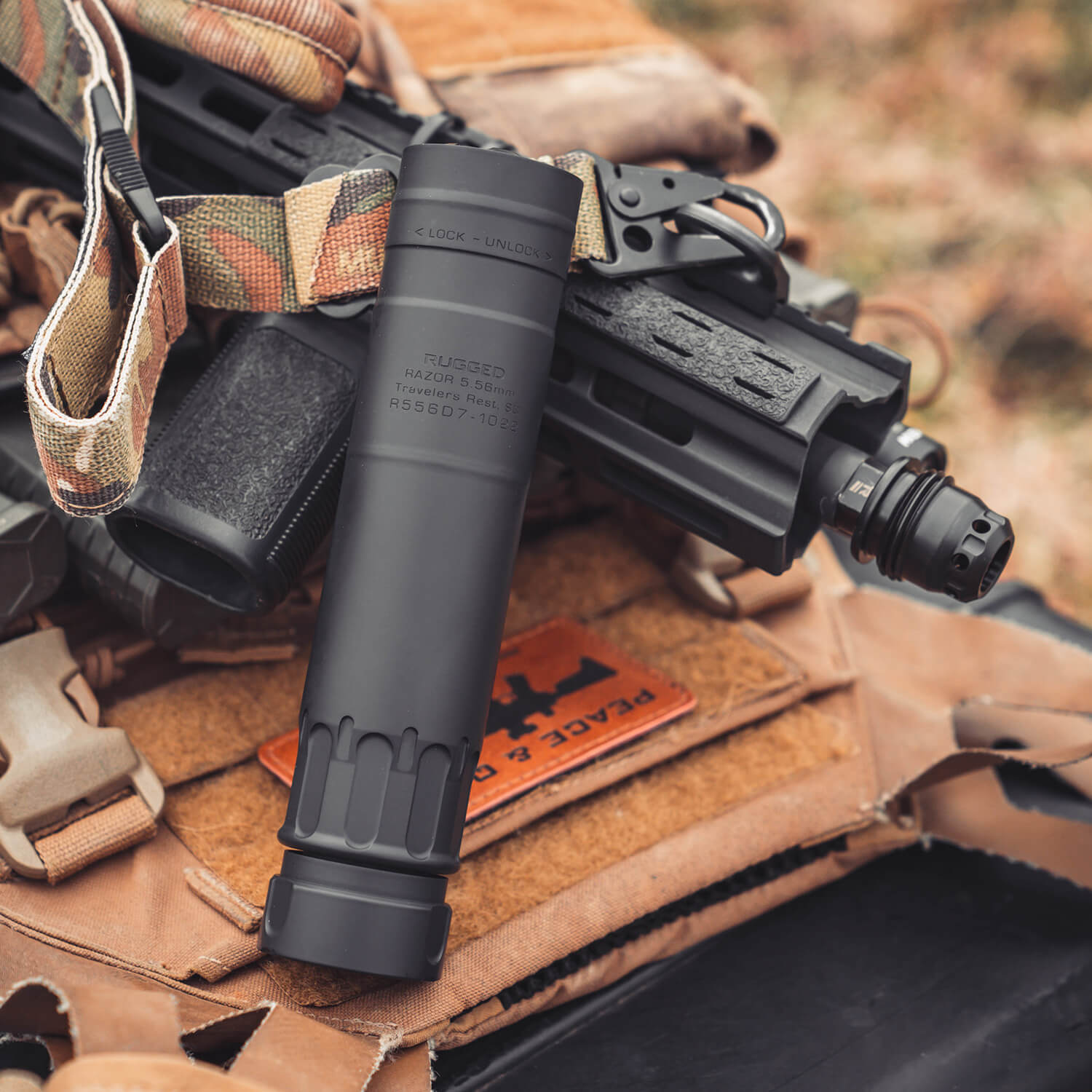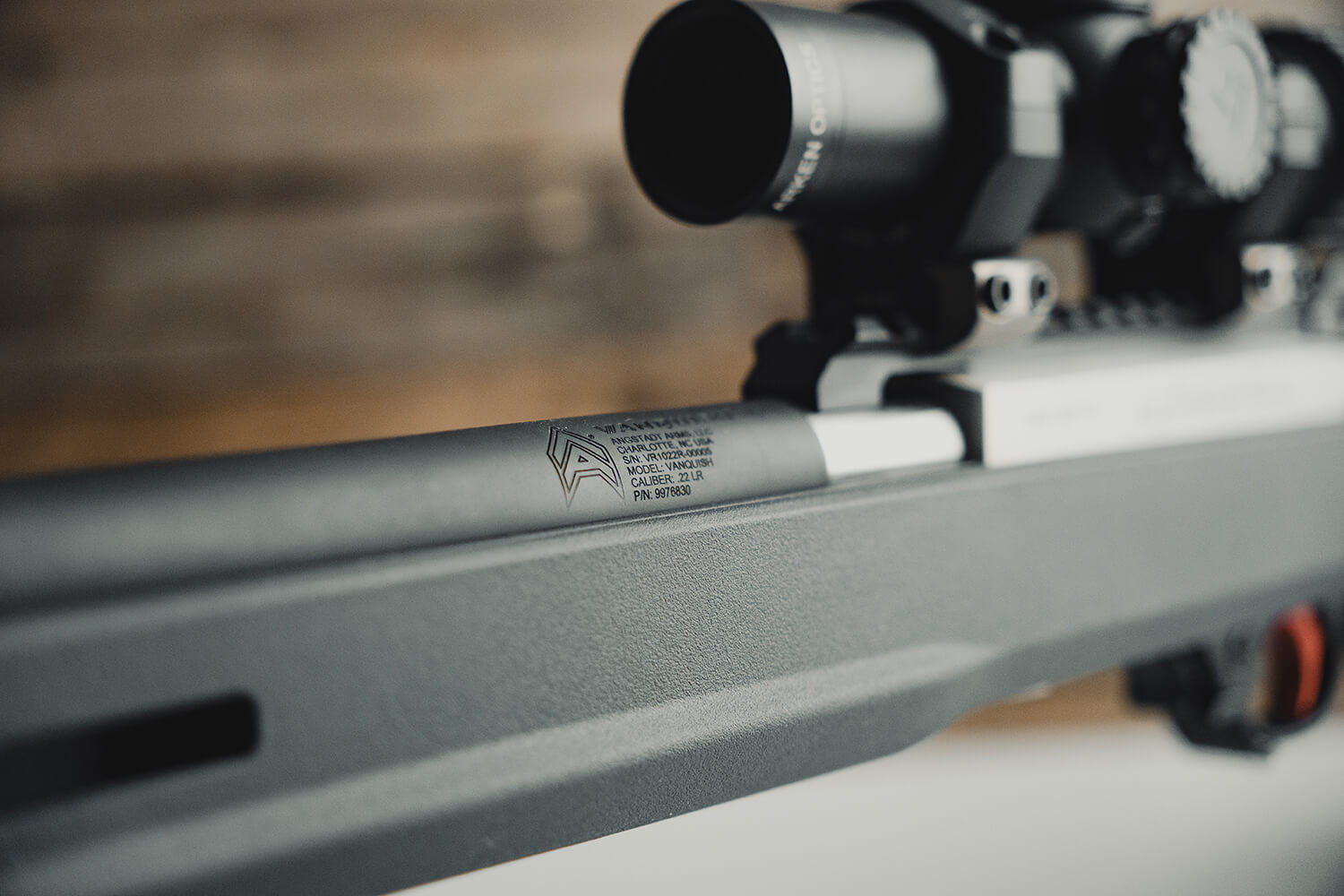Educational, Guides
Understanding Barrel Thread Pitch
 Barrel thread pitch is an essential aspect of firearm customization, especially when adding accessories like suppressors, muzzle brakes, or compensators. Knowing the correct thread pitch is crucial for compatibility, safety, and optimal performance. In this guide, we’ll cover what barrel thread pitch is, its importance, and provide detailed information on common thread pitches for handguns, pistol caliber carbines (PCCs), and rifles. We’ll also include thread pitch information by brand to help you find the right match for your firearm.
Barrel thread pitch is an essential aspect of firearm customization, especially when adding accessories like suppressors, muzzle brakes, or compensators. Knowing the correct thread pitch is crucial for compatibility, safety, and optimal performance. In this guide, we’ll cover what barrel thread pitch is, its importance, and provide detailed information on common thread pitches for handguns, pistol caliber carbines (PCCs), and rifles. We’ll also include thread pitch information by brand to help you find the right match for your firearm.
What is Barrel Thread Pitch?
Barrel thread pitch refers to the measurement of the threads on the barrel of a firearm, allowing for the attachment of various accessories. It’s typically measured in threads per inch (TPI) for imperial measurements or millimeters per thread for metric measurements. The correct thread pitch ensures that accessories fit securely and align properly with the barrel, avoiding issues like baffle strikes or damage.
Angstadt Arms barrels come threaded in 1/2×28 and 1/2×36 depending on the barrel you have! If you’re having trouble identifying your barrel thread pitch, reach out to us here.
Why is Barrel Thread Pitch Important?
- Compatibility: Ensures the proper fit of accessories like suppressors, flash hiders, and muzzle brakes.
- Safety: Prevents accidents caused by poor alignment, which could lead to catastrophic failures.
- Performance: Guarantees that accessories perform as intended, whether it’s reducing recoil, suppressing sound, or improving accuracy.
Thread Pitch for Handguns
Handgun barrels are commonly threaded to accept suppressors or compensators. Here’s a look at some common thread pitches by caliber:
.22 Cal
- 1/2×28: Common thread pitch used by Ruger, Smith & Wesson, and Walther handguns.
- Adapter Required: Models like the Ruger SR22, Sig Sauer Mosquito, and Walther P22 require an adapter for threading.
9mm
- 1/2×28: Standard thread pitch for popular brands like Angstadt Arms, Beretta, CZ, FNH, and Smith & Wesson.
- M 13.5×1 LH: Found in Glock, B&T, H&K, and Sig Sauer.
.40 S&W
- M 14.5×1 LH: Used by Glock and H&K for their .40 S&W handguns.
- 9/16×24: Standard for Smith & Wesson models chambered in .40 S&W.
.45 ACP
- .578×28: This thread pitch is widely used by 1911 models, CZ, FNH, Sig Sauer, and Smith & Wesson handguns.
- M 16×1 LH: Found in Glock and H&K models chambered in .45 ACP.
- M 16×1 RH: Unique to H&K Model 23 handguns.
FNH Five-Seven
- 10×1 mm: This thread pitch is specific to the FNH Five-Seven model.
Thread Pitch for Pistol Caliber Carbines (PCCs)
PCCs often use thread pitches similar to handguns, but variations can occur due to the longer barrel and different applications:
5.7x28mm
- 1/2×28: This is the common thread pitch for CMMG models chambered in 5.7x28mm.
9mm
- 1/2×36: This thread pitch is standard for Colt 9mm carbines, as well as Tavor (IWI) and MP5.
- 1/2×28: CMMG, CZ USA (post-2016), KRISS Vector, Kel Tec, and Ruger use this thread pitch for their 9mm models.
- M 13.5×1 LH: This left-hand thread pitch is used by Sig Sauer for their 9mm carbines.
- M 18×1 RH: Pre-2016 CZ USA models feature this right-hand thread pitch.
.40 S&W
- 5/8×24: Angstadt Arms uses this thread pitch for their .40 S&W carbines.
- 9/16×24: This thread pitch is common in Kel Tec and KRISS Vector .40 S&W carbines.
- .578×28: CMMG and Quarter Circle 10 use this thread pitch for their .40 S&W models.
.45 ACP
- .578×28: Angstadt Arms, CMMG, and Quarter Circle 10 offer .45 ACP models with this thread pitch.
- M 16×1 LH: This left-hand thread pitch is found in KRISS Vector .45 ACP carbines.
10mm
- 9/16×24: KRISS Vector uses this thread pitch for their 10mm models.
.300 AAC Blackout
- 5/8×24: This is the most common thread pitch for .300 AAC Blackout carbines.
Thread Pitch for Rifles
Rifle barrels have specific thread pitches, often depending on the caliber. Here’s a breakdown by common calibers:
Common Pitch Ranges:
- .17 to below .243: Typically uses a 1/2×28 thread pitch.
- .243 to .300 Win Mag: Generally threaded at 5/8×24.
Popular Platforms:
- .223/5.56 (AR-15): Standard thread pitch is 1/2×28.
- .30 Caliber (AR-10, etc.): Usually threaded at 5/8×24.
- 300 BLK: Shares the 5/8×24 thread pitch, common across various .30 caliber platforms.
- AK Platforms: Typically use a M 14×1 LH thread pitch.
- .350 Legend: Commonly threaded at 1/2×28.*
- .450 Bushmaster: Unique with a 5/8×32 thread pitch.**
- .458 SOCOM: Generally uses the 5/8×24 thread pitch.
Common Thread Pitch FAQs
- What thread pitch do most suppressors use?
- Suppressors are typically designed to match the thread pitches standard for their intended caliber, such as 1/2×28 for .223/5.56 rifles and 5/8×24 for .308 rifles.
- Can I use a suppressor with a different thread pitch?
- Yes, but you’ll need a thread adapter. However, adapters can introduce alignment issues, so using a suppressor with a matching thread pitch is preferable.
- What is the difference between imperial and metric thread pitches?
- Imperial thread pitches are measured in threads per inch (TPI), while metric thread pitches are measured in millimeters per thread. For example, 1/2×28 is imperial, while M13.5×1 LH is metric.
Final Thoughts
Barrel thread pitch is a critical factor in firearm customization. By understanding the common thread pitches for your specific firearm and brand, you can confidently choose the right suppressors, muzzle brakes, and other threaded accessories. Always consult your firearm’s manual or manufacturer specifications to confirm the correct thread pitch before making a purchase.
This guide should equip you with the knowledge needed to navigate the world of barrel thread pitches, helping you make informed decisions that enhance your shooting experience.

